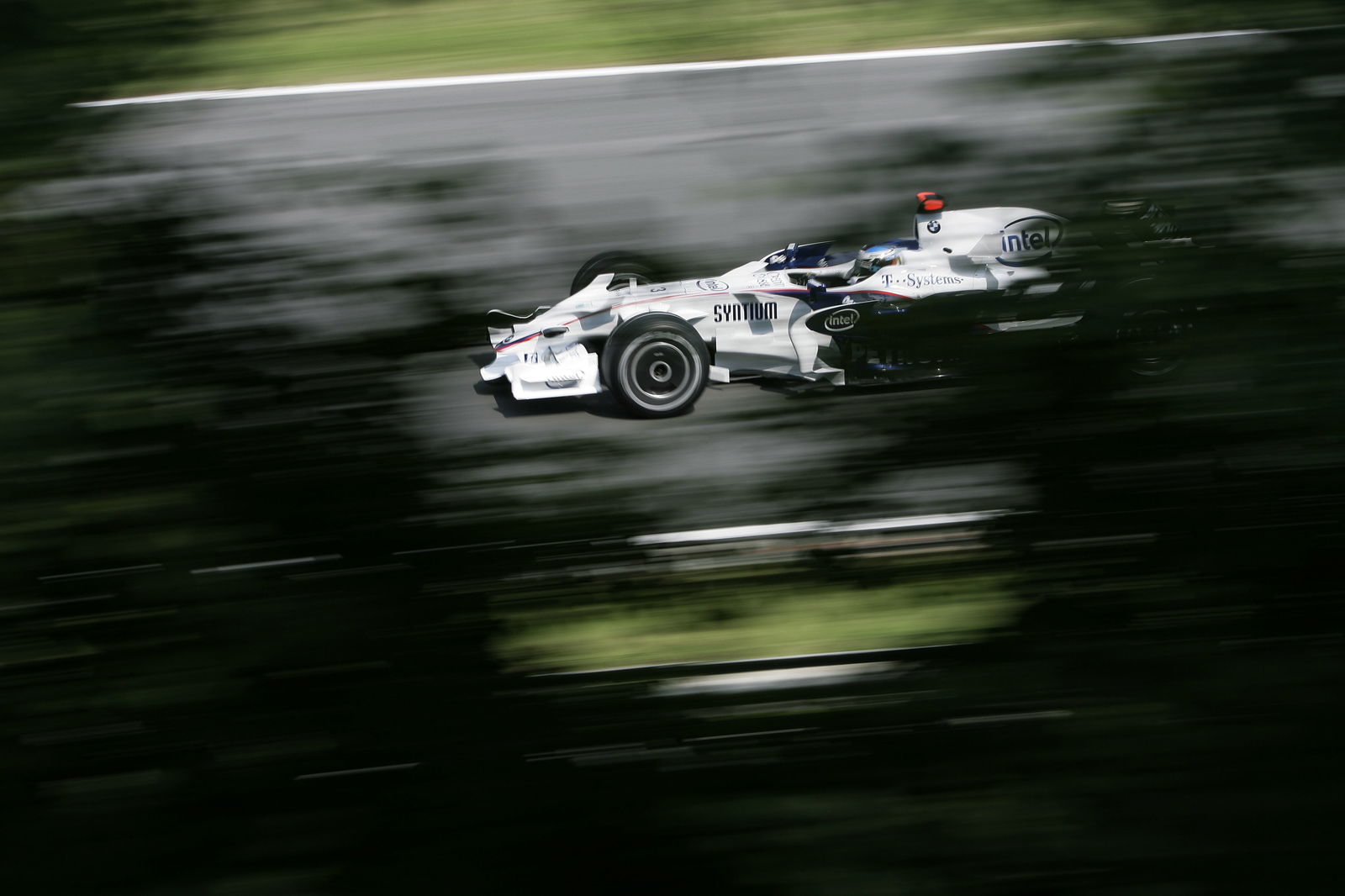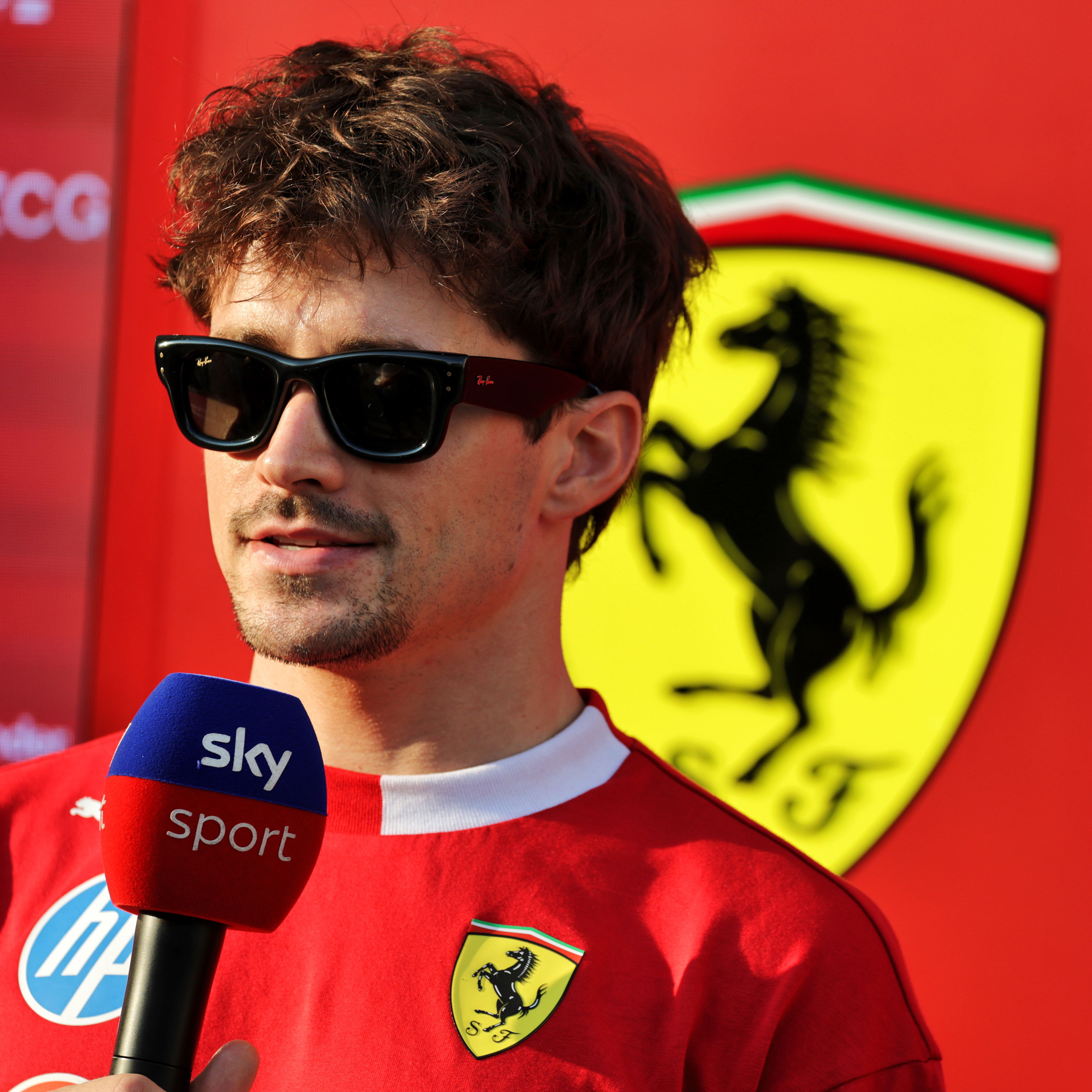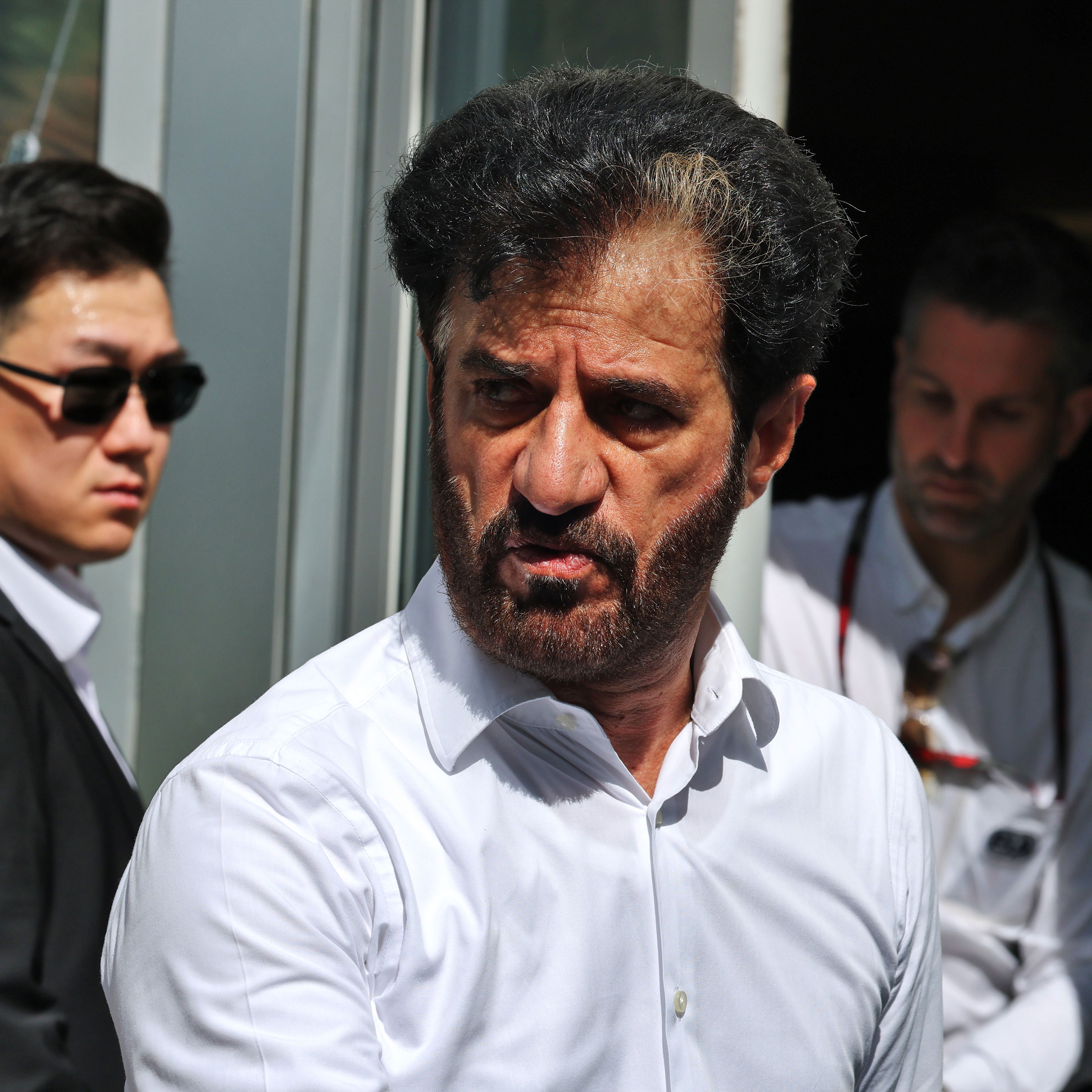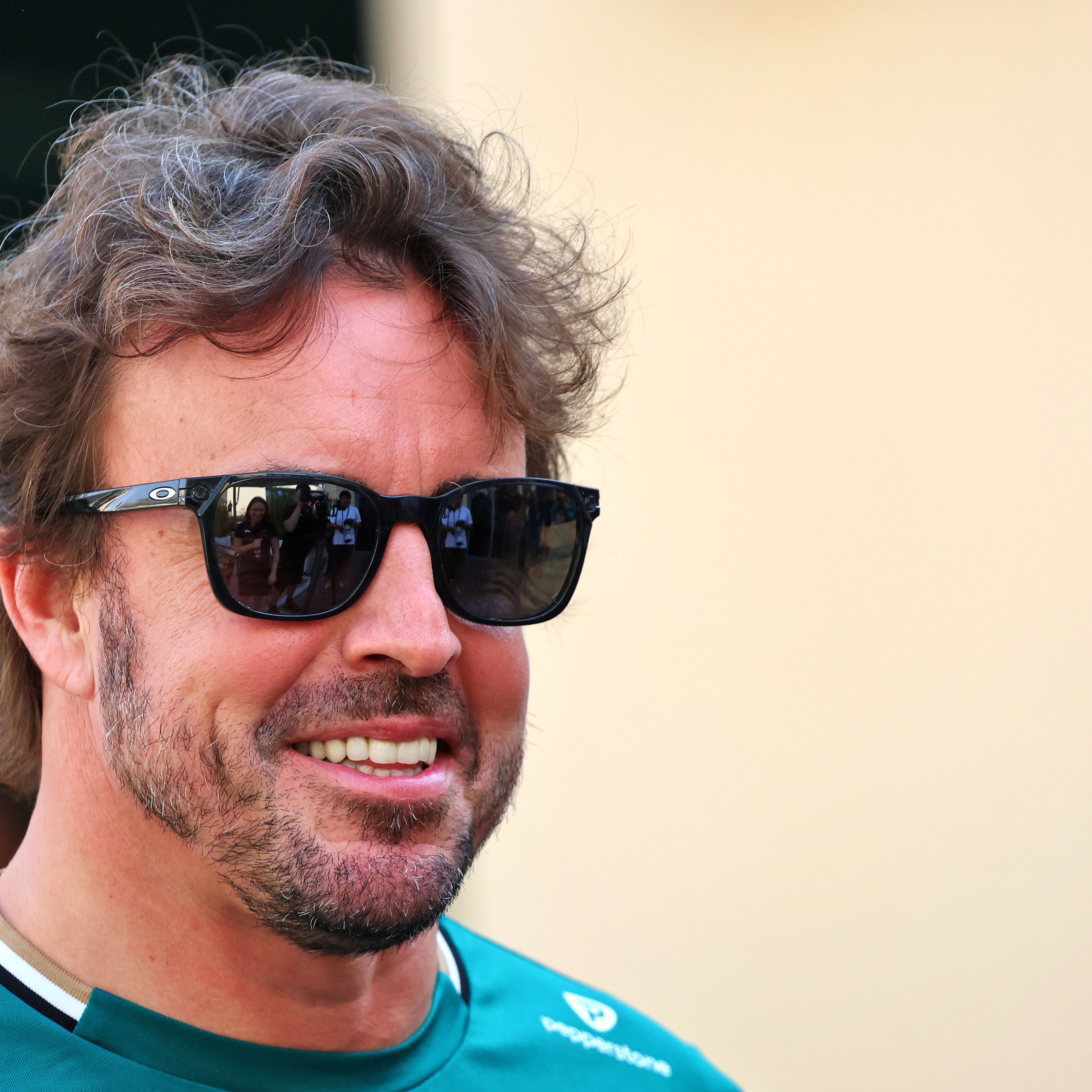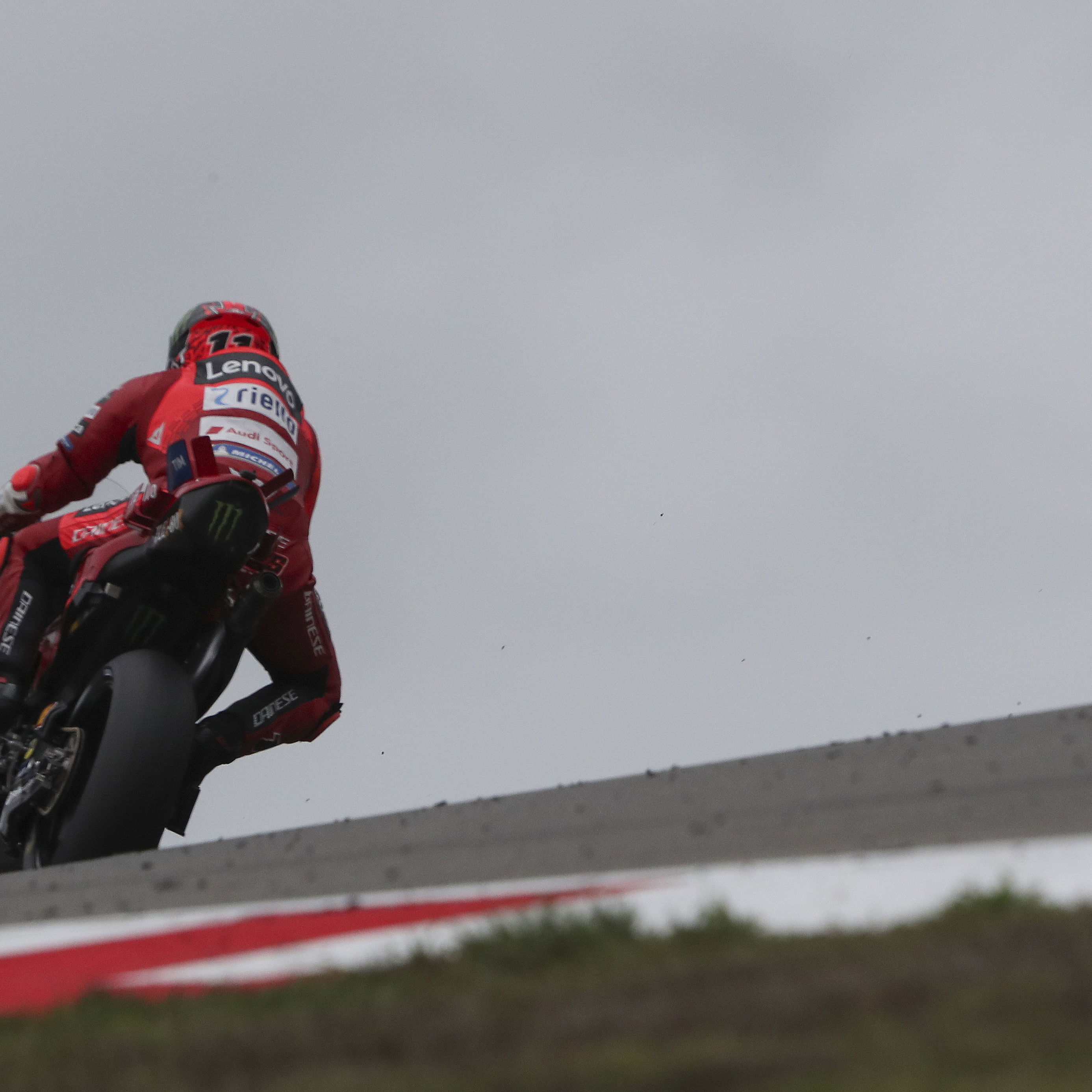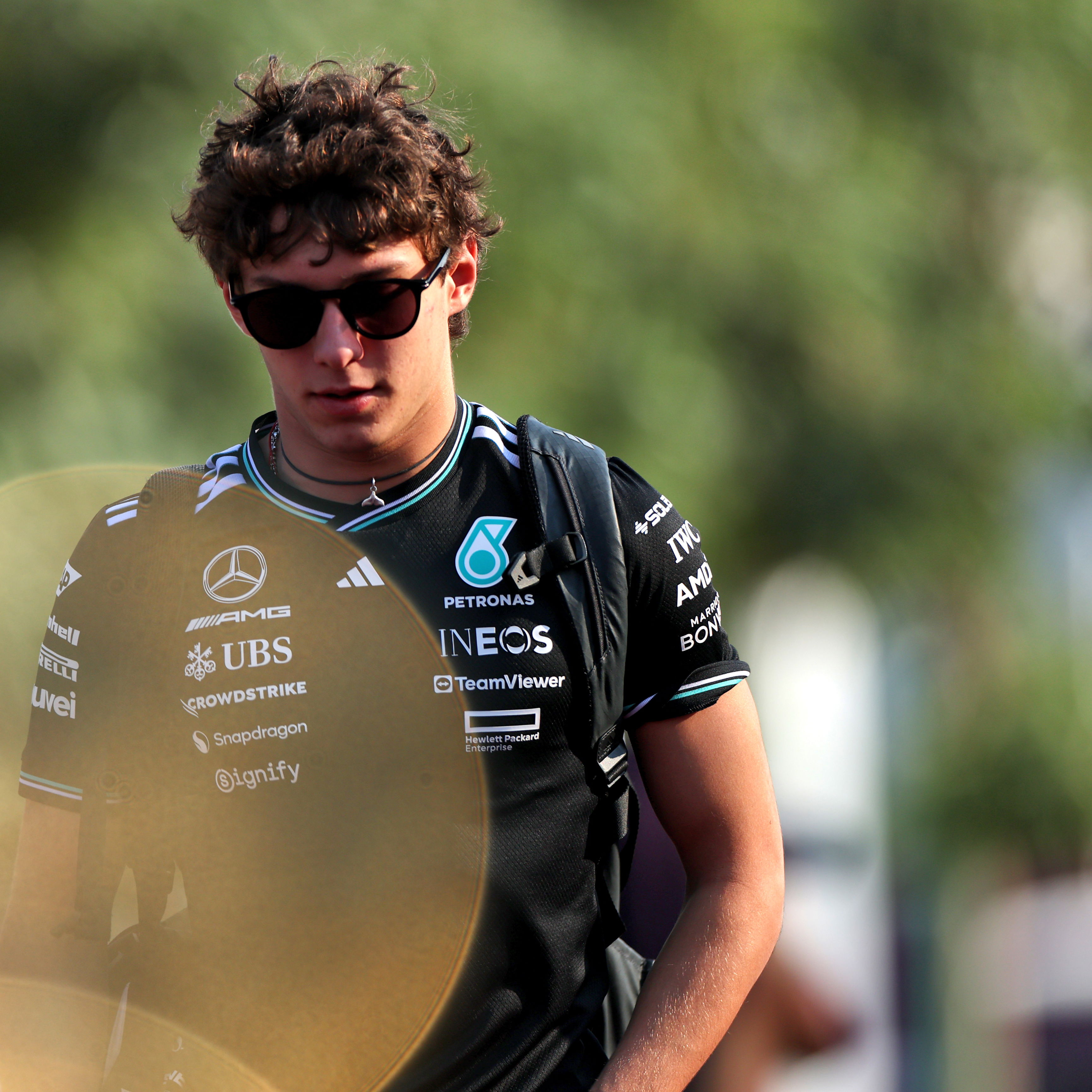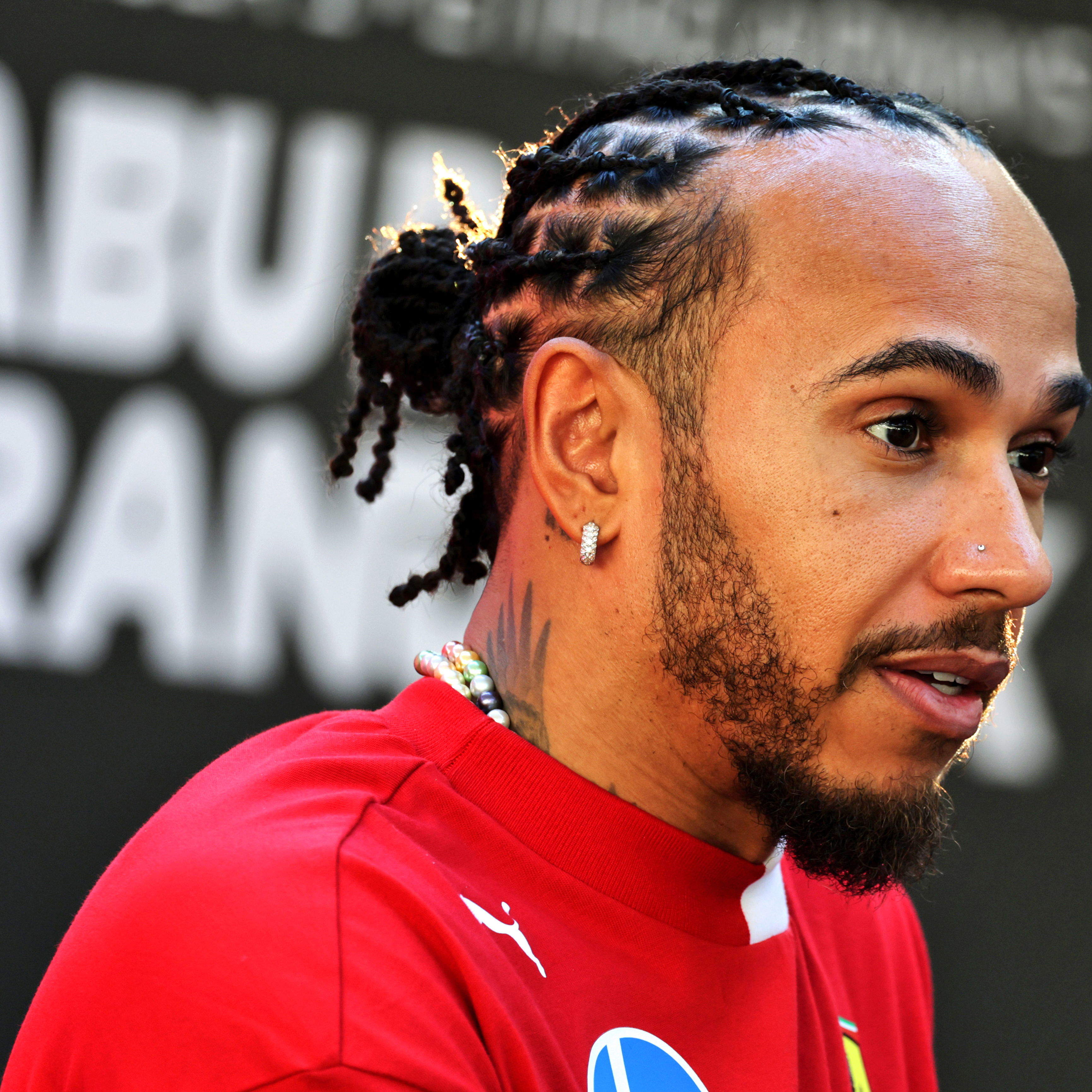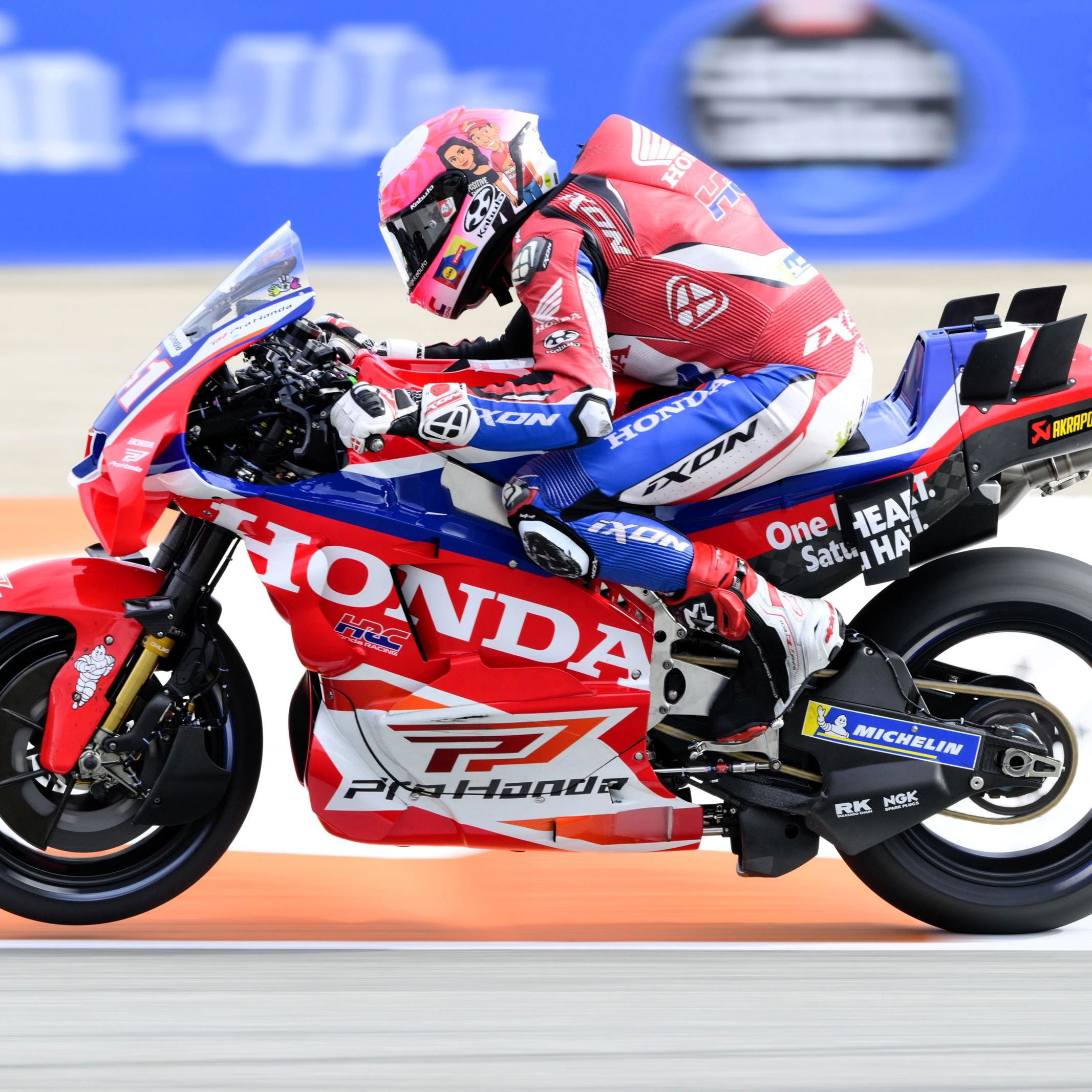Phil Hill dies at 81.
Phil Hill, Formula One world champion in 1961, has died at the age of 81, having been taken ill during a recent historic event at Laguna Seca in California.
The first American driver to attain the ultimate accolade in grand prix racing, Hill had been suffering from Parkinson's disease, and had recently been diagnosed with another degenerative neurological disorder. He died early on Thursday at the Community Hospital of the Monterey Peninsula in California.
Phil Hill, Formula One world champion in 1961, has died at the age of 81, having been taken ill during a recent historic event at Laguna Seca in California.
The first American driver to attain the ultimate accolade in grand prix racing, Hill had been suffering from Parkinson's disease, and had recently been diagnosed with another degenerative neurological disorder. He died early on Thursday at the Community Hospital of the Monterey Peninsula in California.
Born Philip Toll Hill on 20 April 1927 in Miami, he appeared to be set for a career in business before the racing bug bit and, by 1950, he was racing an MG TC, which was duly replaced by a succession of machines, all of which he paid for through sheer hard work. Just two years later, however, he got his first big break with a drive in Alan Guiberson's Ferrari, taking sixth place in the Carrera Panamericana, before a brief crisis of confidence on the following year's event almost caused him to reconsider his chosen profession.
Having been persuaded to continue, he took second place on the 1954 Carrera and was rewarded as his career took off in the United States, winning the 1955 SCCA championship and, after he had finished second in the 1956 Buenos Aires 1000km, landing a contract to drive sportscars for the Scuderia. He won several races to prove his worth to the marque and, by 1958, was keen to step up to grand prix racing.
Ferrari, however, seemed unwilling to give him the opportunity he craved, preferring to use him to bolster its successful sportscar programme as he continued to rack up the wins, including Sebring and Le Mans. However, such was his desire to break into F1, Hill hired Jo Bonnier's Maserati to give himself a debut at the French GP and obviously did something to prick Enzo Ferrari's conscience as he was handed the Prancing Horse's F2 car for the German GP and then, for the Italian round, the full GP machine.
He rewarded the gesture by taking the 246 to third and fastest lap, and then proved his devotion to the team by backing at the end of the Moroccan GP to allow Mike Hawthorn to move into second place and gain sufficient points to take the championship. That was enough to convince il commentadore that the American was worthy of a full-time place in the line-up and, after spending the 1959 campaign learning the ropes before finishing fourth in points, Hill gave the front-engined era one last hurrah by winning the 1960 Italian GP around Monza's banking, although the victory was rendered slightly hollow as the British teams boycotted the event.
Now fully up to speed with grand prix racing, and armed with the 'shark nose' Ferrari 156, claimed the Belgian round at Spa to put himself in contention for the title as the series concluded on the Scuderia's home ground at Monza. A second victory - and the crown - came in tragic circumstances, however, as team-mate and title rival Wolfgang von Trips perished - along with 14 spectators - following contact with Jim Clark's Lotus on the circuit's infamous banking.
With Ferrari failing to keep pace with developments in F1, Hill had little chance of defending his title the following season and, such was the fall-out at Maranello, he left - along with a group of disaffected staff - to race the ATS in 1963. The move was a disaster, however, and effectively ended his grand prix career. Without a drive, he was called into the Cooper team following the death of Tim Mayer in 1964 and, after another troubled season, he dropped out of the top flight for a season, before two appearances as a camera car and a uncompetitive DNQ with Anglo American Racers' Eagle at Monza brought the camera down on his spell in F1 for good.
While F1 became a memory, however, Hill continued to prove his worth as a sportscar driver. He had won Le Mans for the third time with Olivier Gendebien in 1962, adding the N?rburgring 1000km for good measure, before becoming an integral part of the 'works' Ford sportscar assault in 1964-65. However, it was a move to Jim Hall's Chaparral team that gave Hill's twilight years something to cherish, as he won the 1966 N?rburgring 1000km with Bonnier, as well as a Can-Am round at Laguna Seca, before his final season was crowned with a memorable victory at Brands Hatch, where he shared the Chaparral 2F with Mike Spence.
Eventually retiring in 1967, Hill went on to work as a commentator on ABC's Wide World of Sports and remained a contributing editor for America's Road & Track magazine, while keeping his hand in by appearing in historic events and, until recently, following the exploits of son Derek, who reached F3000 in Europe in a bid to follow his dad into the top flight.
He is also survived by wife Alma, daughter Vanessa, stepdaughter Jennifer and four grandchildren, to whom Crash.net extends its deepest sympathies.
Learn more about the life and times of Phil Hill at the Autocourse GP Archive by clicking HERE
